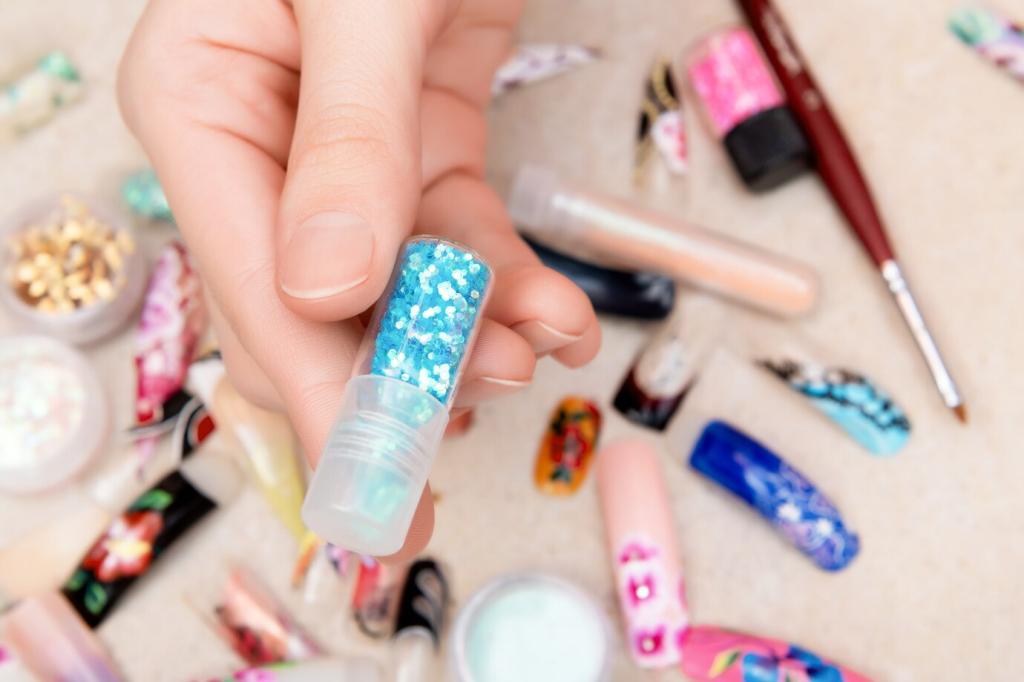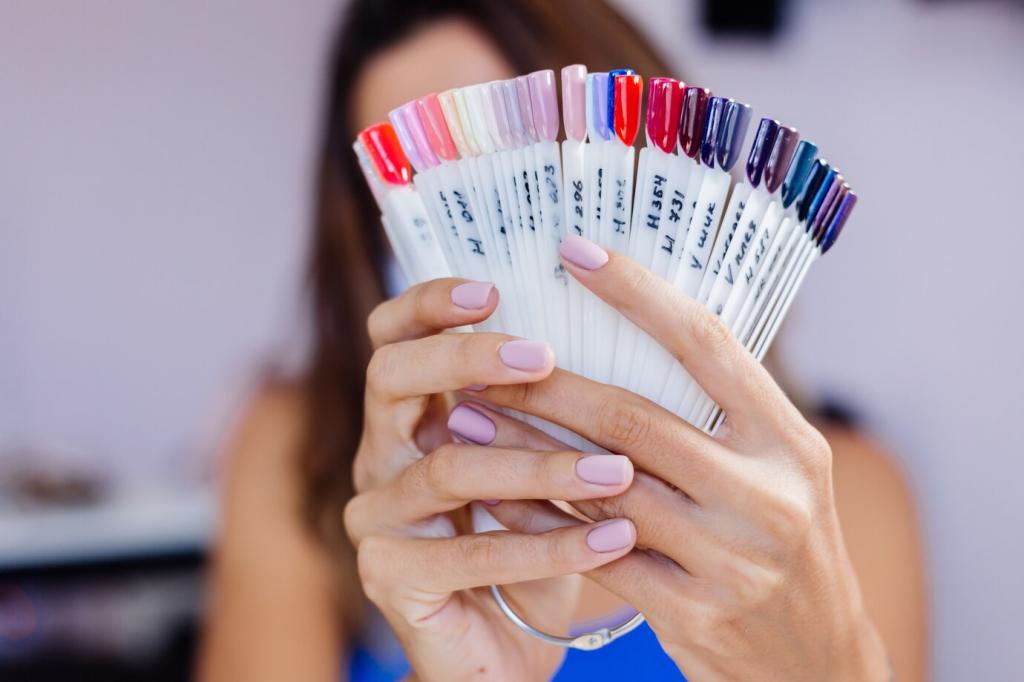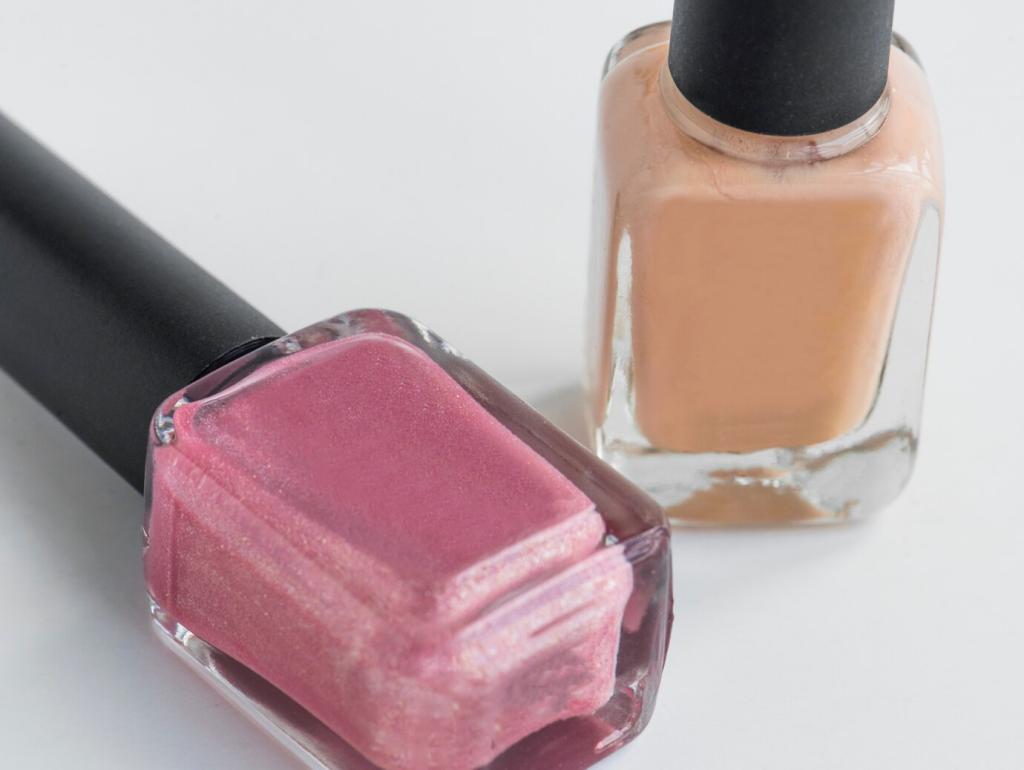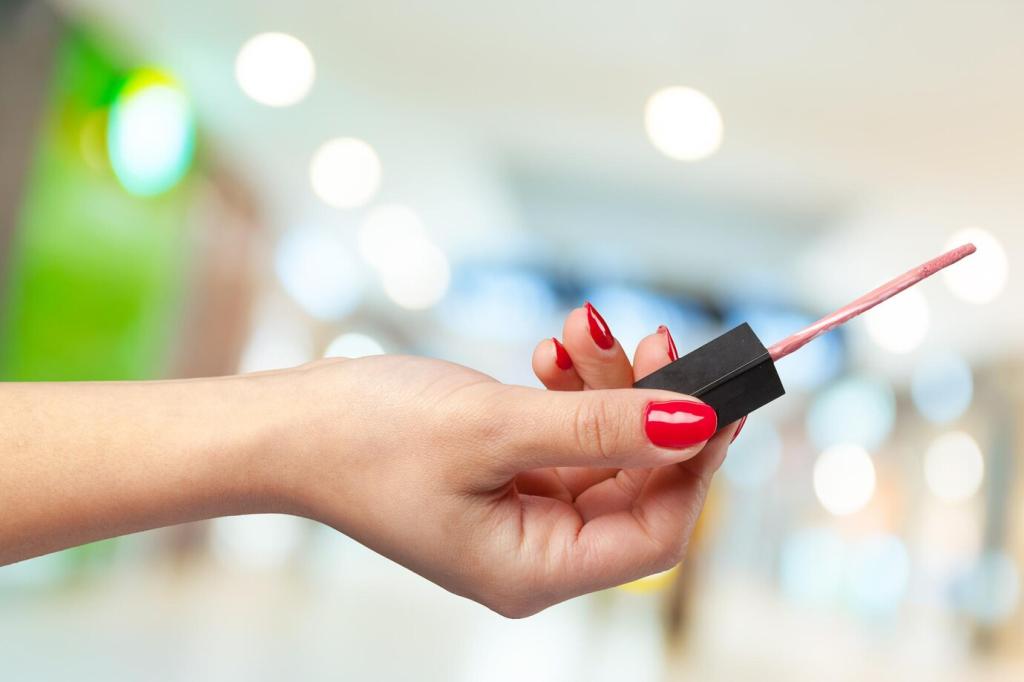How They Work: Chemistry Behind the Shine
Oil-based polishes seep into wood fibers and polymerize, creating a warm, amber tone and a forgiving, flexible film. They typically have longer open times, which helps leveling but invites dust if you’re not careful. Expect slower drying, stronger odor, and cleanup that requires mineral spirits.
How They Work: Chemistry Behind the Shine
Water-based polishes rely on resin particles that coalesce as water evaporates, forming a clear, hard film with minimal color shift. They dry fast, produce less odor, and clean up with soap and water. Grain raise can occur, so planning for a light pre-wet or a fine sand helps achieve a silky surface.
How They Work: Chemistry Behind the Shine
Choose oil-based when you want warmth, depth, and a longer working time, and choose water-based for clarity, speed, and lower emissions. Your wood species, room conditions, and application method matter. Tell us what you’re finishing next, and we’ll help match the polish to your goals.
How They Work: Chemistry Behind the Shine
Lorem ipsum dolor sit amet, consectetur adipiscing elit. Ut elit tellus, luctus nec ullamcorper mattis, pulvinar dapibus leo.






